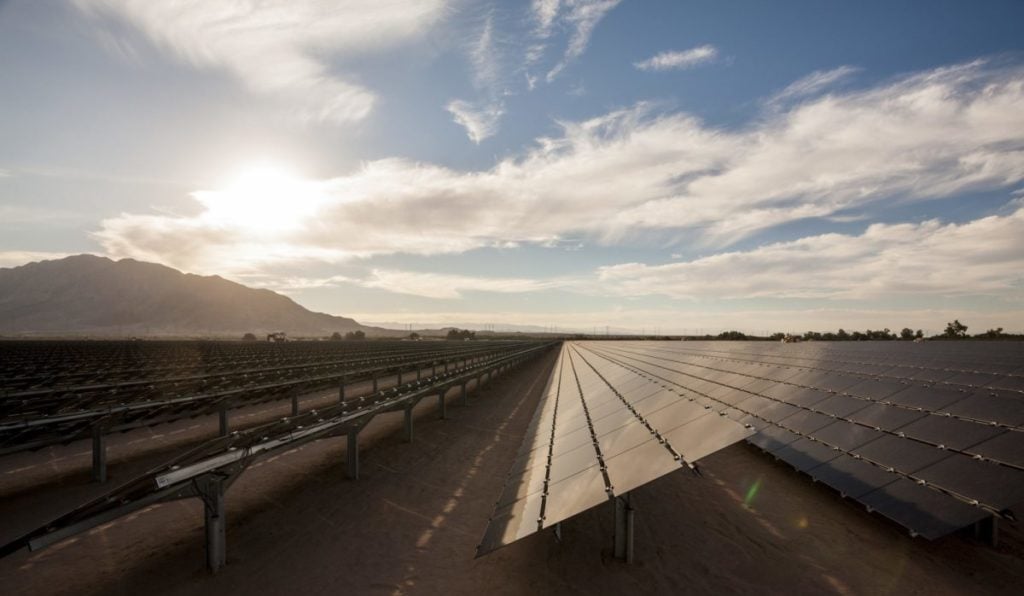
Achieving net zero could be even more challenging and costly due to higher interest rates, but policymakers could consider focusing on subsidy efficiency and mobilising climate finance to facilitate energy transition, according to analyst Wood MacKenzie.
In the study Conflicts of interest: the cost of investing in the energy transition in a high interest-rate era, Wood MacKenzie predicted that the monetary environment over the next couple of decades will remain much tighter than the “zero era” between 2009 and 2022. In major economies, nominal and real interest rates could be as much as two percentage points higher than those in the “zero era” on average.
Try Premium for just $1
- Full premium access for the first month at only $1
- Converts to an annual rate after 30 days unless cancelled
- Cancel anytime during the trial period
Premium Benefits
- Expert industry analysis and interviews
- Digital access to PV Tech Power journal
- Exclusive event discounts
Or get the full Premium subscription right away
Or continue reading this article for free
However, the higher cost of borrowing money could affect the energy and natural resources sectors unevenly. The study’s authors said that low-carbon energy technologies, which are usually highly capital intensive and often reliant on subsidies, will be the most exposed as the gearing level is higher for power and renewables firms.
Debt from bonds and project finance, secured against long-term power purchasing agreements (PPAs), has been used to fund rapid growth in renewables. With their high capital intensity, the renewables and nuclear power sectors are more exposed to interest rates.
Additionally, the impact of higher interest rates grows as the capital expenditure (capex) share of total expenditure increases.
The authors added that investments in renewables with subsidies, as well as certainty on price and offtake, can access cheaper finance, but the low cost of debt and low required returns are “precisely what makes projects sensitive to interest rates”.
For example, in the US, a two-percentage point increase in the risk-free interest rate pushes up the levelised cost of electricity (LCOE) by as much as 20% for renewables.
Higher interest rates may also put subsidies to energy transition from the government at risk.
“With elevated debt and higher interest rates, governments’ debt servicing costs are increasing. This squeezes out other government spending and could restrict transition efforts by reducing supportive subsidies and tax incentives or cutting direct public capital investment in a low-carbon economy,” said the authors of the study.
What can policymakers do?
The study suggested ways for policymakers to cope with the impact of such higher interest rates on the renewables sector.
Targeted and non-discriminatory subsidies can be considered, since they are the most efficient, minimising nationalistic subsidy battles that are counterproductive to meeting global emissions targets.
Climate finance from both private and public sectors can be leveraged as it is critical to supporting green investment for climate change mitigation and adaptation in developed and developing economies.
According to the study, developed economies might have hit the target of transferring US$100 billion to developing countries per year in 2022, but this could only be “a drop in the ocean” compared with the trillions of dollars needed each year, as Wood MacKenzie added that energy transition to net zero could require US$75 trillion of investment by 2050.
“Greater use of financial mechanisms and instruments to maximise private-sector investment is needed. Central banks could offer loans to commercial banks at preferential rates, specifically to be used to finance low-carbon investments,” the authors concluded.






